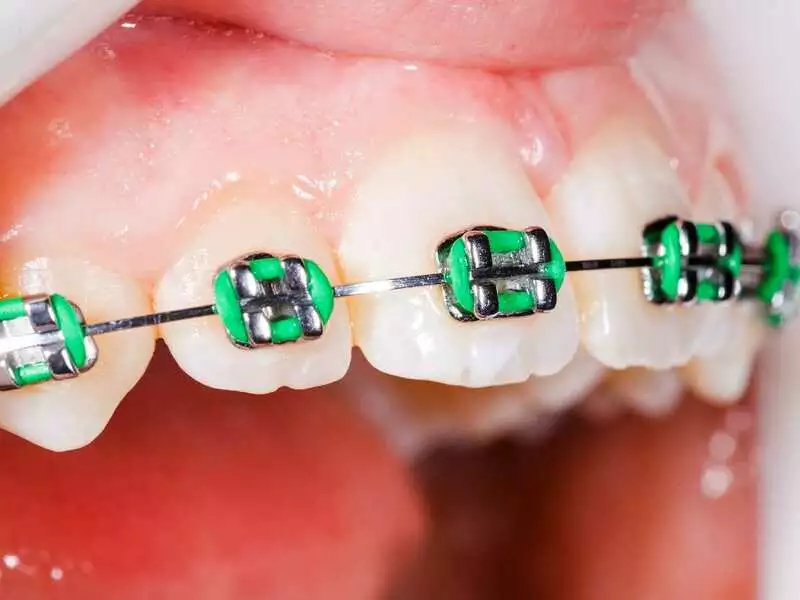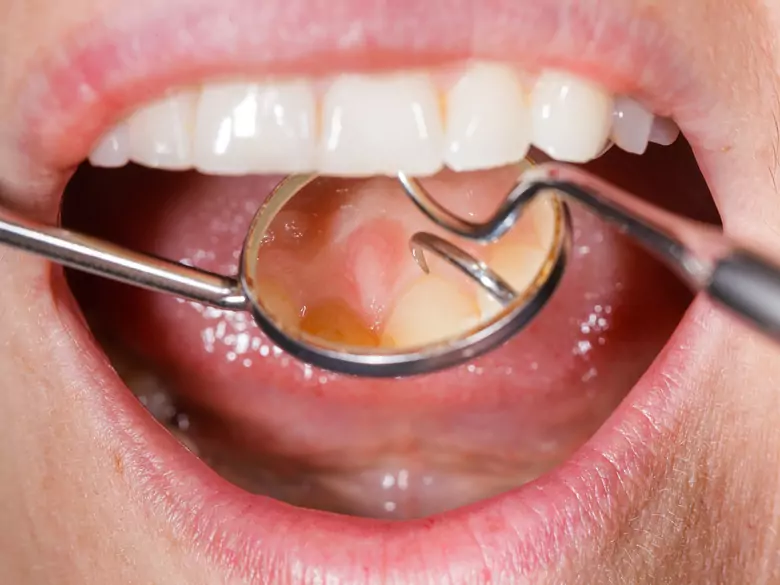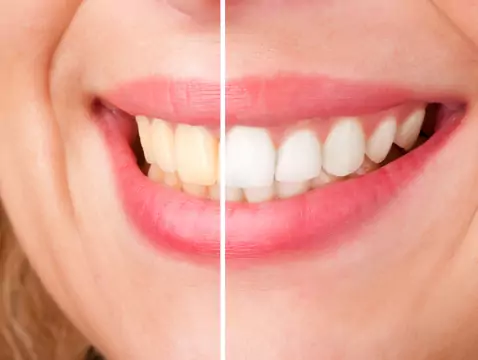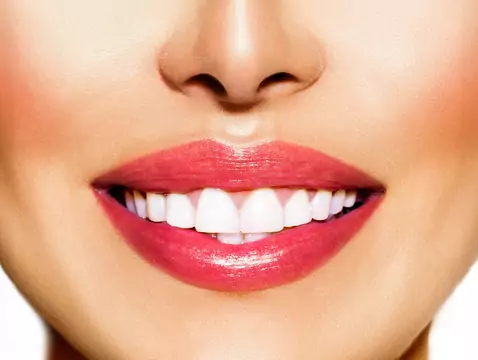Over the years, dentistry has evolved with the development of technology and medicine, as well as with the increased availability of a wide range of materials. A new field of dentistry has emerged, namely cosmetic dentistry, which takes an interdisciplinary approach to the problem or expectation with which a patient comes to the doctor's surgery. On the other hand, there is an ever-growing trend towards improving one's own appearance and thus one's own well-being.
As a rapidly growing field of medicine, dentistry has undergone many changes over the past century, and the innovations that have occurred due to both technological and clinical developments have resulted in the emergence of a new branch as a response to social demand - cosmetic dentistry. Ongoing research into new technologies and the materials that can be used means that the range of dentistry on offer is expanding and can meet the needs of even the most demanding customers. On the other hand, it is important to note the ever-growing trend towards good looks and the correction of imperfections, including in the dental field. However, aesthetics in this respect is not the only goal - functionality and durability are also important, i.e. all the principles that apply in the field of general dentistry also apply to this branch [1].
Aesthetic dentistry as an interdisciplinary concept
When considering the scope that cosmetic dentistry deals with, it can be said that it combines almost all of the disciplines that are part of general dentistry and, consequently, uses all of its scopes. This means that the knowledge that a specialist in this field must have is extremely extensive and experience-based in order to ensure that the treatment process (from which the entire course of action usually begins), is properly planned and produces the desired results.
Unfortunately, cosmetic dentistry is still currently associated with high costs, due to the pressure to choose materials of the best possible quality and durability to make the treatment more effective. Moreover, it is a field that involves basing itself on a person's natural dentition, i.e. focusing on keeping it in the best possible condition until later in life. This type of approach can be interpreted as prevention in a broad sense, providing further evidence of the interdisciplinary nature of this field. Nevertheless, in order for treatment in cosmetic dentistry alone to be effective, close cooperation between specialists from other dental disciplines is necessary [1].
Aesthetics and prevention
Prophylaxis and prevention are part of the measures that should be habitual and introduced into our lives from an early age. Hygiene procedures in young children are the role of the parents, who, through their behaviour and actions, show and teach how to take care of the teeth in order to protect themselves from damage and unpleasant consequences. Adequate hygiene, regular tooth brushing, use of the right toothpaste, but also appropriate frequency of visits to the dentist's office are important [3].
However, the increasing interest in improving one's appearance and the availability of various means and techniques to meet this need create complications - both of a health and economic nature - that the dental practitioner must deal with. First and foremost, attention must be paid to the individual needs of the person in question, both in terms of prevention and throughout the course of treatment. Firstly, the baseline condition is important, which the doctor must confront with the patient's expectations and strictly define so that the patient is familiar with the process he or she must undergo in order to achieve the desired results. This is inextricably linked to the economic issue, namely the costs that the patient must incur in order to achieve the specified effects and for them to have sufficient longevity and durability. Another issue is the responsibility for the treatments that are proposed to the patient and here it is necessary to build on the principle of minimising risk [1].
Psychostomatology
Over the years, in the course of the development of dentistry, attention has also been paid to the psychological aspect of the procedures carried out. Initially, the greatest emphasis was placed on the elimination of the pain associated with the procedures performed, which caused great fear in patients and made them anxious about visiting the dentist [1].
Denophobia - is the term used to describe the patient's condition and emotions when visiting the dentist. The emotional tension that arises before a visit may vary depending on the purpose of the visit, since, as it turns out, even visits made for preventive purposes can cause this type of tension. The patient's state oscillates between feelings of anxiety, through various somatic symptoms such as a change in skin colour (pallor), increased sweating, accelerated heart rate or increased blood pressure, to states associated with panic anxiety or even phobia. However, on the one hand, necessity, which is by far the more common factor prompting a visit to the dentist, and on the other, awareness and a sense of responsibility for one's own health, drive patients to dental surgeries [2].
Today, however, the anaesthetics used are able to eliminate the pain accompanying any kind of operation and, consequently, the fear of the dentist has also decreased. Another aspect of the psychological approach is the change in appearance in terms of aesthetics, which is also inextricably linked to self-perception and the impact on the psyche. Hence, it is necessary to establish a trusting relationship between doctor and patient [1].

photo: panthermedia
The doctor's knowledge, approach and attitude create a professional image of the doctor in the eyes of the patient, which is important in terms of building trust. The doctor's ability to listen, which he or she should demonstrate when communicating with the patient, the ability to use appropriate language to get the communication right, empathy, high personal culture, as well as having knowledge of relaxation techniques, are also important here [2].








